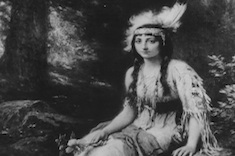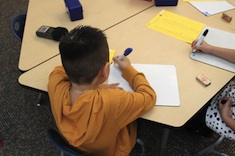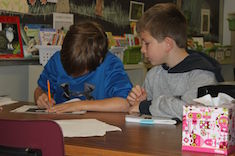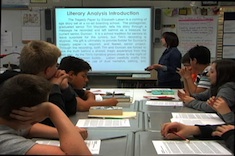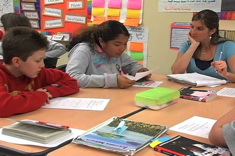For years, my tennis partner tried to get me to change the grip on my forehand volley. She’d rotate my hand, we’d hit a few, and then we’d move into...
Membership Required
The rest of this content is restricted to Choice Literacy members.
Join us today for instant access and member-only features:
Articles
Get full access to all Choice Literacy article content
Videos
Get full access to all Choice Literacy video content
Product Discounts
Receive members-only product discounts for online courses, DVDs, books and more
Membership Options



